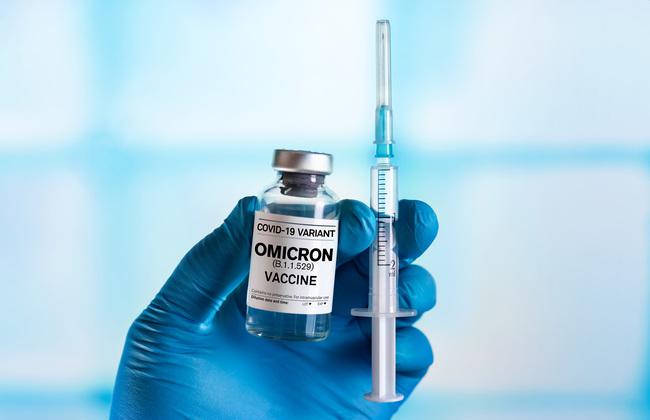The European Commission and the Committee for Medicinal Products for Human Use at the EMA Voted Positively for mRNA Booster Vaccinations from BioNTech/Pfizer and Moderna Adapted to the Omicron Virus Variant
On 1 September 2022, the Committee for Medicinal Products for Human Use (CHMP) at the European Medicines Agency (EMA) voted in favour of the marketing authorisation variation for the two mRNA vaccines that offer broader protection against COVID-19. This variation applies to persons aged 12 years and over who have already received at least the basic vaccination against COVID-19. The vaccines were adapted to better correspond to the currently circulating variants and were converted into what is known as a bivalent formulation. Bivalent means that the vaccines contain two antigen components. The European Commission adopted the CHMP recommendation the same day.

The two vaccines each contain equal shares of messenger RNA (mRNA) with the spike protein blueprint of the original SARS coronavirus-2 (Wuhan) and of mRNA with the spike protein blueprint of the Omicron BA.1 subvariant.
- Comirnaty Original/Omicron BA.1: 15 μg mRNA with the original virus spike protein blueprint, 15 μg mRNA containing the Omicron BA.1 variant blueprint; the dose of the Comirnaty vaccine used thus far in adolescents and adults is 30 µg.
- Spikevax Bivalent Original/Omicron BA.1: 25 μg mRNA with the original virus spike protein blueprint, 25 μg mRNA with the Omicron BA.1 blueprint; the dose of the Spikevax vaccine used thus far in adolescents and adults is 100 µg per vaccine dose for the primary vaccination course and 50 µg for the booster vaccination course.
Production Analogous to Previous Vaccines – Variances in Spike Protein Only
The Omicron-adapted COVID-19 booster vaccines are produced analogously to the already authorised monovalent COVID-19 vaccines. The mRNA is packaged in lipid nanoparticles, as in the authorised vaccines. The bivalent vaccines therefore do not differ with regard to the basic production and formulation from the authorised monovalent vaccines, with the exception of the mRNA composition.
Study Data Underlying the Recommendation
The bivalent Omicron-adapted COVID-19 booster vaccines have been developed to produce a better immune response to circulating variants of SARS-CoV-2. The use of the bivalent booster vaccines is intended to boost the immune protection of persons who have already received at least a complete primary vaccination course, if not also a first booster vaccination. Adapted vaccines can optimise protection against COVID-19.
Clinical trials to measure the immune response of a dose of the two bivalent, Omicron-adjusted mRNA vaccines in subjects who had previously received a primary vaccination course and a first booster vaccination have shown that the bivalent vaccines induce significantly higher blood levels (titres) of protective neutralising antibodies against the BA.1 variant compared with the monovalent vaccines. The immune response to previous SARS-CoV-2 variants also receives a boost. Neutralising antibodies are considered important biomarkers of protection against COVID-19.
Comparable Tolerability
The safety profile of a fourth dose (second booster) of the bivalent vaccine had a very similar adverse reaction profile to a 3rd dose (first booster) of the monovalent mRNA-COVID-19 vaccines used thus far. No previously unreported side effects have been observed.
Additional Omicron-Adapted mRNA Vaccines against COVID-19 in the Evaluation Process
Additional adapted mRNA vaccines against COVID-19 from BioNTech/Pfizer or Moderna are currently going through the centralised evaluation process, which is coordinated by European Medicines Agency EMA.



